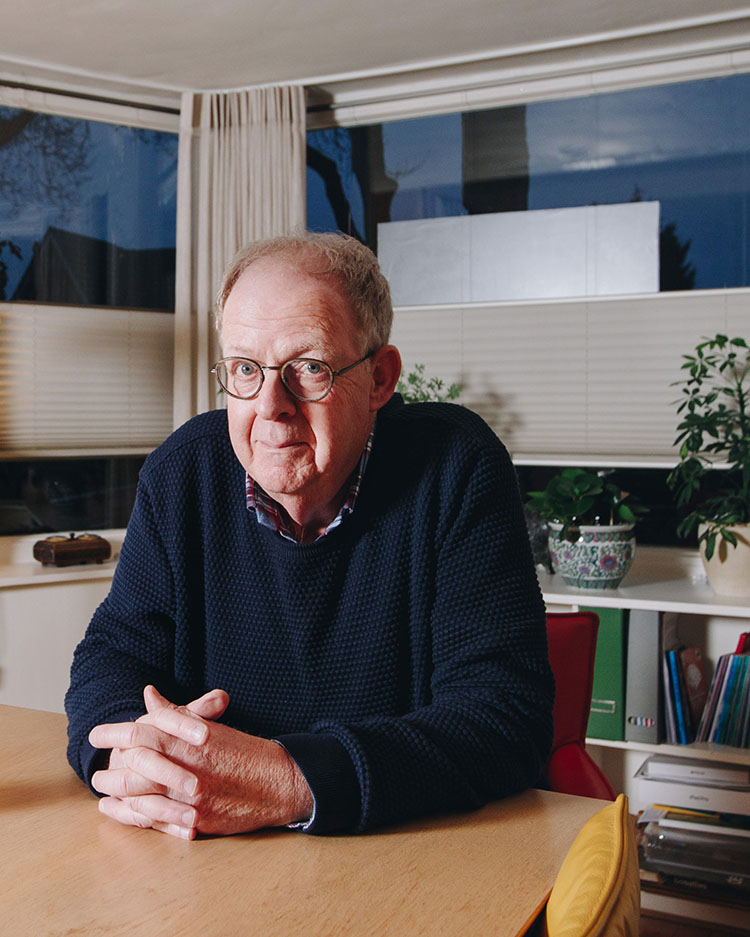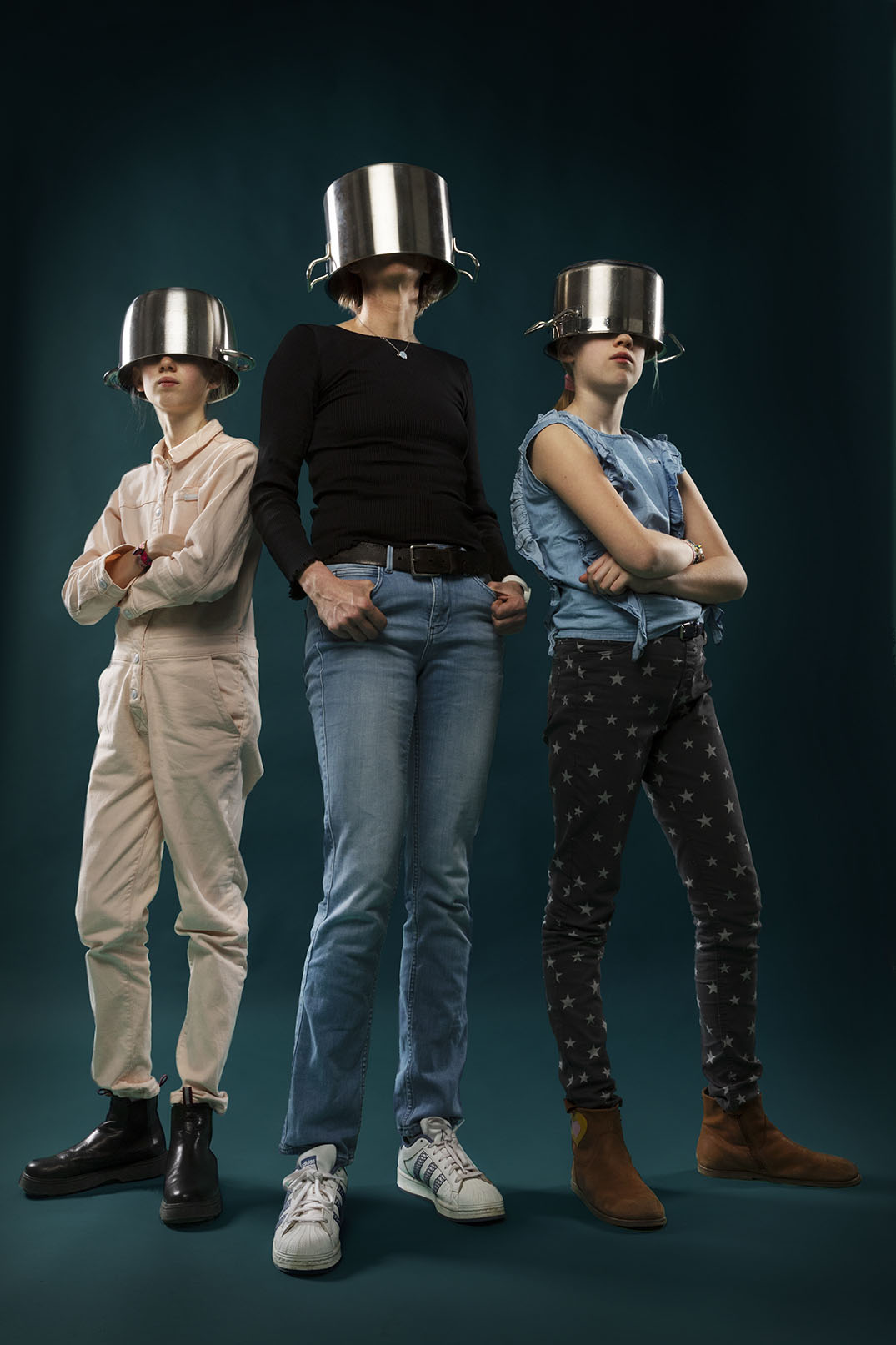How do you solve a murder?
Imagine: 15 years ago, a woman was murdered. Now a cold-case team has reopened the case. The detectives discover that during the original investigation, no samples were taken from the victim’s lips or from under her nails. Should the remains be exhumed? This is the type of issue that a select group of master’s students is working on during the Cold Cases project.
“In this case, the answer is no,” says Robert Horselenberg, a legal psychologist and associate professor. He has been in charge of the Maastricht cold-case team since its creation about 10 years ago. “The victim was a Jewish woman who was buried according to Jewish tradition, which means she was washed completely clean. So there’s no point re-examining the remains.”
The example illustrates the broad general knowledge and natural curiosity required of cold-case detectives. These are the characteristics Horselenberg seeks when assembling his team. Ten students, mostly from the master’s degree in Forensics, Criminology and Law, are given six months to study an existing cold case and come up with recommendations for the Public Prosecution Service and the cold-case team of the Limburg Police. There is great enthusiasm and the bar is high. “I don’t need 10 people who all think alike; I'm looking for people who dare to disagree respectfully, based on rational arguments.”
Critical thinking
In other words, open-minded, articulate students with diverse backgrounds; technical, biological, legal and psychological. Horselenberg and his colleagues focus on training them in critical thinking—because above all, a cold case is a puzzle that requires a great deal of thought.
“There are a lot of misconceptions about how to solve cases, such as the idea that you can solve everything with forensic DNA research. We saw this recently in the Nicky Verstappen case, where many questions remain unanswered and both parties are appealing. In current and cold cases alike, DNA leads to a genuine breakthrough in less than 3% of cases.”
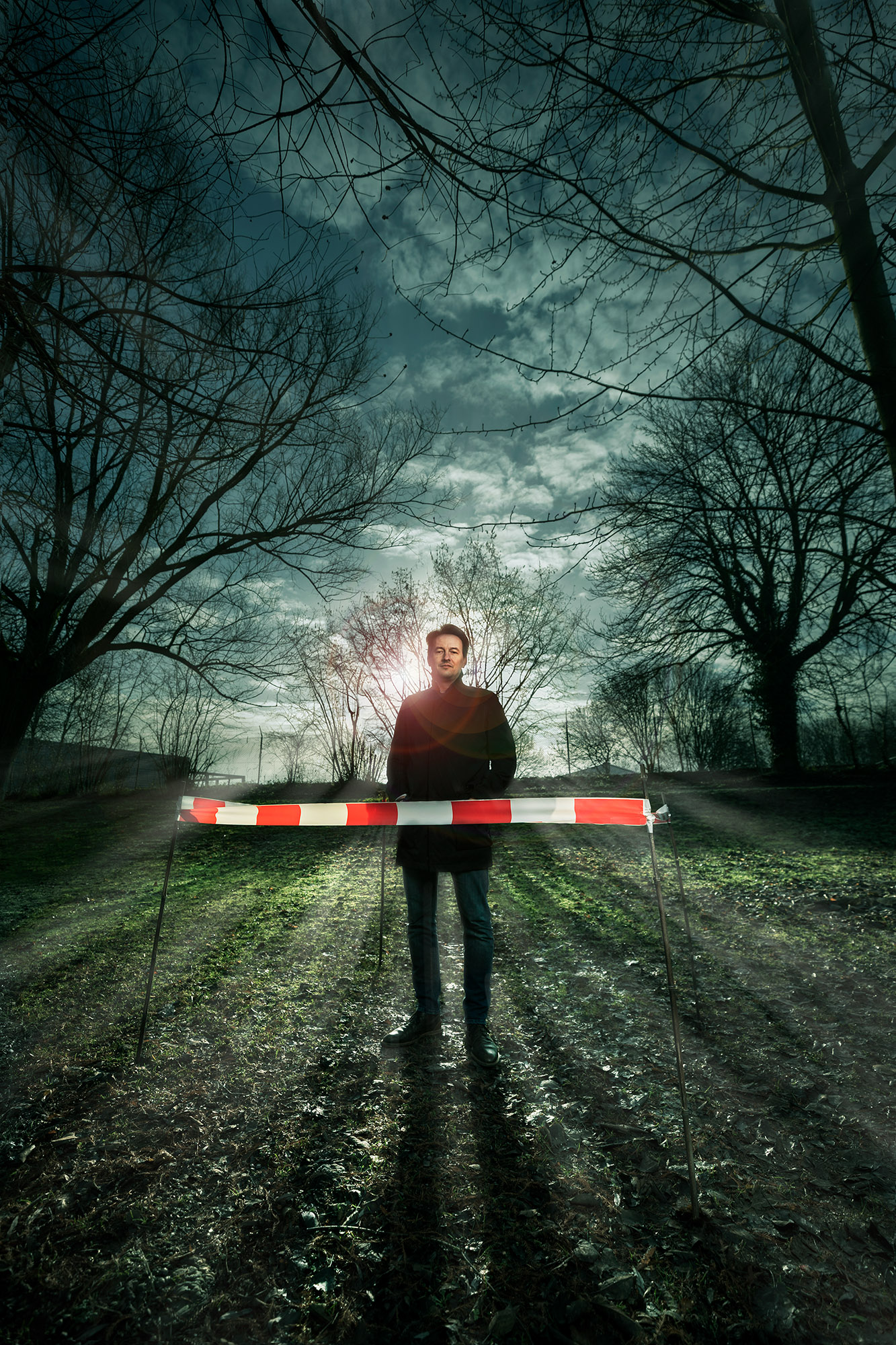
Robert Horselenberg is a legal psychologist and associate professor at the Faculty of Law. He studied Health Sciences in Maastricht and obtained his PhD here in 2005 for his research on false memories and false confessions. He publishes regularly on topics such as memory, child interrogations and false confessions, and has served as an expert witness in some 170 court cases.
Recently Robert Horselenberg gave a lecture on 'how to get an innocent person to confess' for de Universiteit van Nederland. Watch the lecture here.
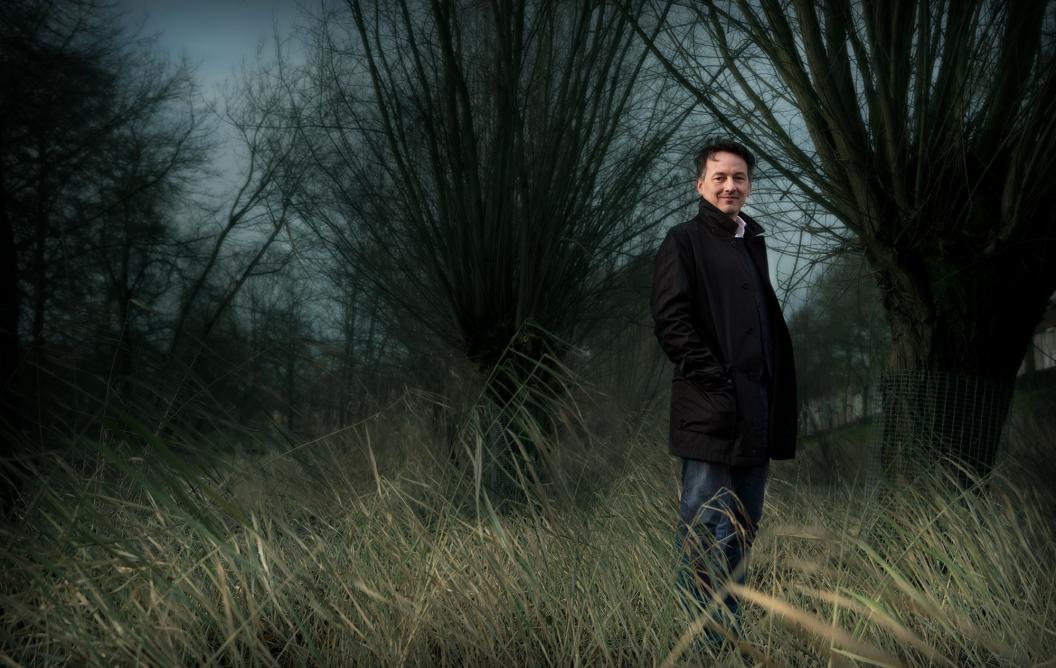
Facts
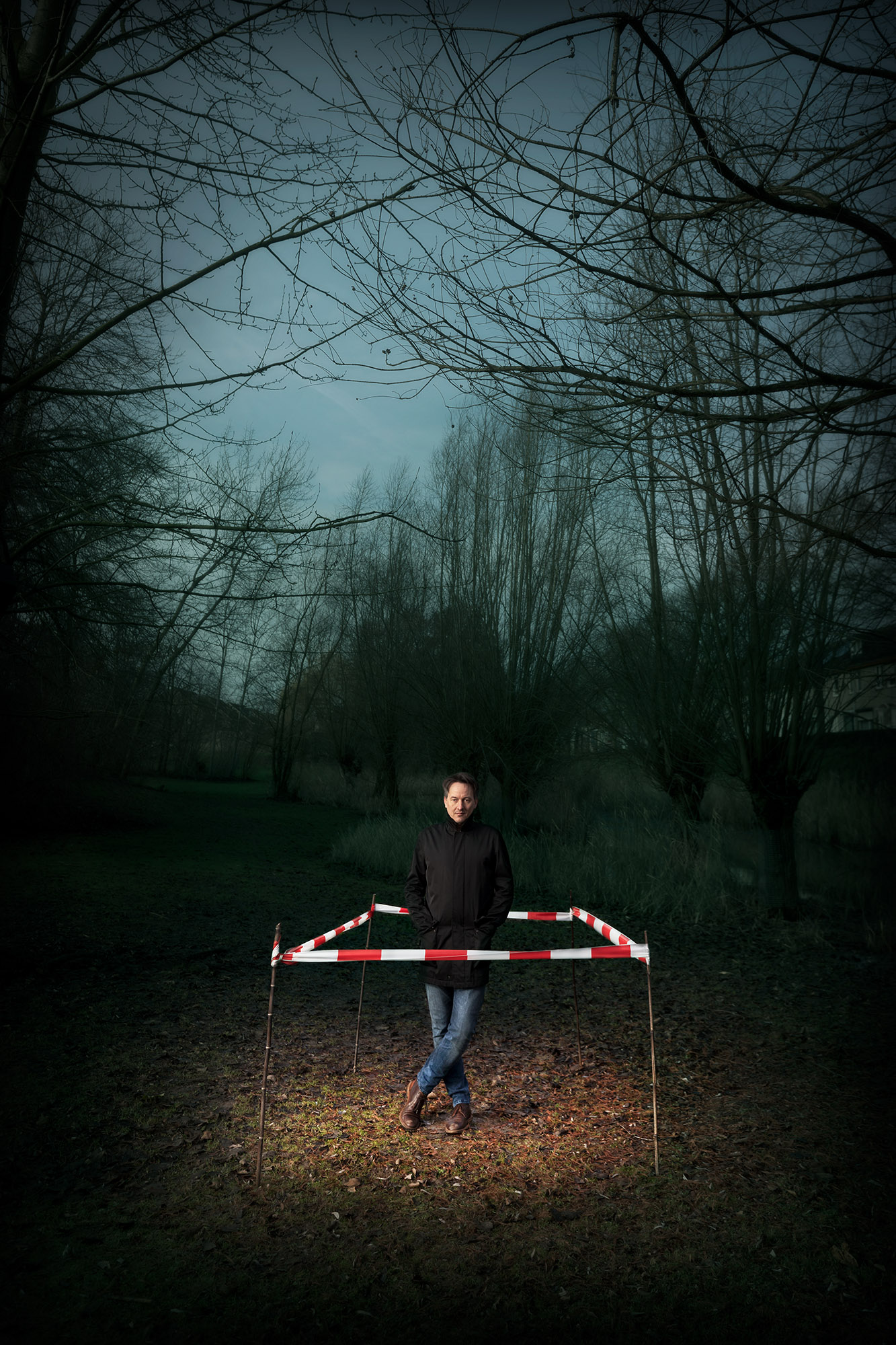
Forensic technology is not a magic bullet. The core of detective work—the pillars that underpin the development of plausible scenarios—are dry facts. This is why Horselenberg’s team spends much of its time studying the file and establishing those facts. Who is the victim, who were they in contact with, what was the cause of death, and—above all—what is not known? Only then do they turn to what may have happened. After all, the outcome is known: someone is dead. But what happened in the hours and minutes leading up to that?
“Our students work in pairs to make a certain scenario as strong as possible,” Horselenberg explains. “It may be plausible that the victim had a secret lover, for example, and that person is the culprit. You look at what facts support this assumption, and what information you need in order to prove it. In this case, it would be a good idea to speak with the victim’s friends. Especially when you consider that witnesses, family, current and ex-partners and neighbours contribute to three quarters of the cold cases that end up being solved.”
Fresh eyes
Although students can create fake social-media accounts and consult experts, they are not allowed to contact anybody involved in the file. At the end of the investigation, they write an extensive report with recommendations that is sent to the police and the Public Prosecution Service. Unfortunately, these reports are then put on a shelf, where they sit for years. Horselenberg attributes this to chronic understaffing of the cold-case teams, which are lumped with missing-persons cases in addition to unsolved murders.
Also read
-

Frederik Claasen, the head of policy at our partner organisation Solidaridad Network on the opportunities and obstacles facing smallholder farmers in their data ecosystems.
-
Frans Verhey, professor of Geriatric Psychiatry and Neuropsychiatry is proud of what the Limburg Alzheimer’s Centre has achieved and of its team, which works tirelessly to improve the quality of life of people with Alzheimer’s. “Alzheimer’s tends to be seen as a horrible, deadly brain disease that...
-
Anne Roefs was awarded a Vici grant of €1.5 million. The professor of Psychology and Neuroscience of Abnormal Eating, was tossing up between a career as a scientist or a top chef.
- in Featured
- in Human interest
- in Researchers
- in Students
